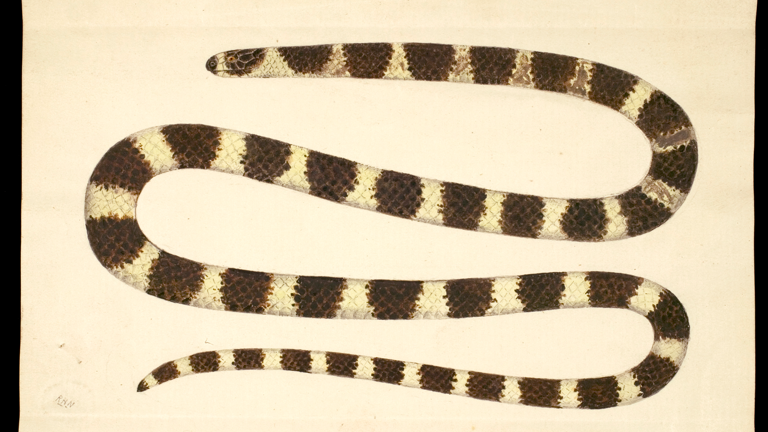
Colonial Correspondents
As Professor of Natural Science at the University of Melbourne, Frederick McCoy was at the apex of the local scientific hierarchy. He soon established systematic zoological collections at the museum and a well-equipped laboratory adjacent to his lecture room.
While his first few years in the colony were remarkably productive, McCoy rarely ventured into the field himself. Instead he relied on both amateur and professional collectors for specimens to be examined and described for his Prodromus.
The many good observers in the country will thus have the means of accurately identifying various natural objects, their observations on which, if recorded and sent to the National Museum, where the originals of all the figures and descriptions are preserved, will be duly acknowledged, and will materially help in the preparation of the final systematic volume to be published for each class when it approaches completion.1
This method of acquiring specimens was rather successful for McCoy; for example it was Dr Templeton of the Royal Artillery who first drew McCoy's attention to the Giant Gippsland Earthworm, and Mr Henry Butler of Portland who provided an example of the elusive Ribbonfish. It was also Butler that 'contributed a great number of rare fish and other marine objects to the Museum.'
The poetic but obsequious letter sent by a Mr R.H. Nancarrow of Whipstick, which included a delicate image of a Bandy Bandy (snake), provides an insight into colonists' view of the Professor, and the value attached to having a zoological authority located in the colony.
In retrospect McCoy's approach to collection now seems to reflect colonialism itself, with the dignified Professor/Museum Director waiting at the centre of things, while materials were sent to him for identification and incorporation into the canon of knowledge under his control.
1Prodromus of the Zoology of Victoria, Preface to Vol 1 Decades I-X.

